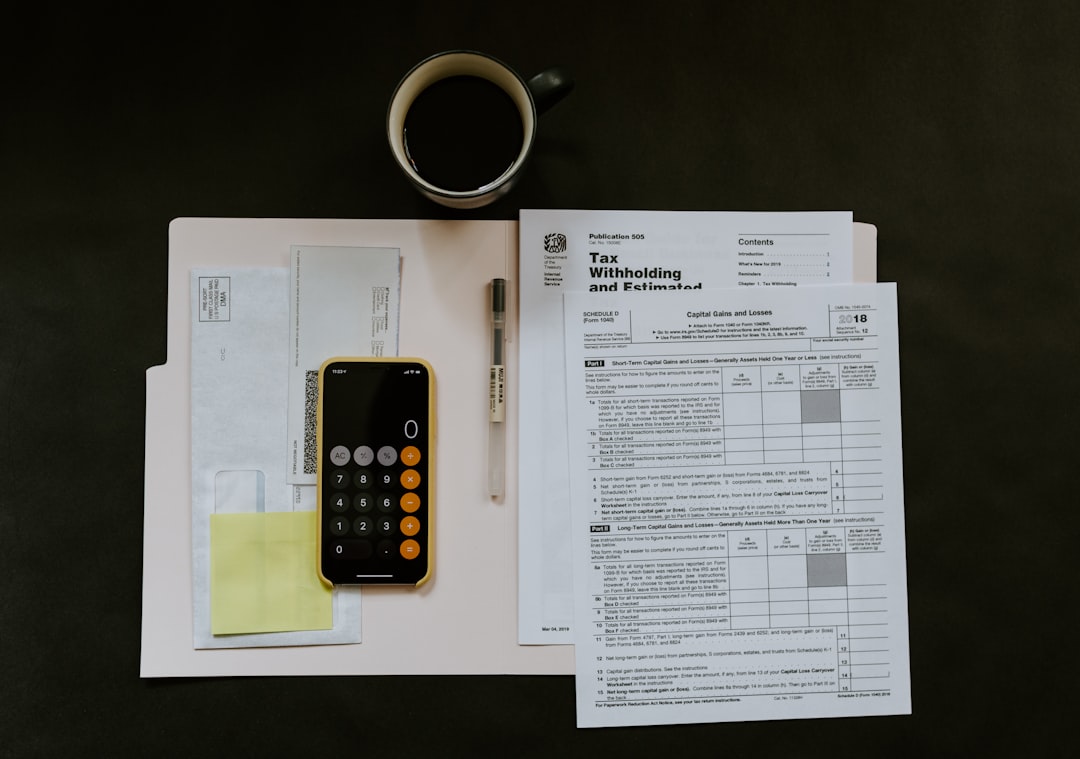Imagine being in a hospital, unable to understand what the doctors and nurses are saying. It would be scary and frustrating, not knowing what is happening or how to communicate.
For individuals who are deaf or hard of hearing, this is a reality. They rely on visual communication to understand and express themselves. That’s where sign language interpretation for hospitals comes in.
Sign language is a rich and complex language that uses hand movements, facial expressions, and body language to convey meaning. It is a visual language that allows deaf individuals to communicate effectively, even in a medical setting.
Effective communication is vital in hospitals. Doctors and nurses need accurate information to provide the best possible care. Patients need to understand their diagnosis, treatment options, and medications. Without proper communication, misunderstandings can occur, leading to potentially serious consequences.
Sign language interpretation for hospitals ensures that deaf and hard of hearing individuals have equal access to medical care. It bridges the communication gap, allowing healthcare professionals and patients to communicate effectively.
Qualified sign language interpreters play a crucial role in the healthcare system. They are trained to interpret complex medical terminology accurately. Their presence ensures that no important information gets lost in translation.
It is important to note that not all sign language users have the same needs. Some individuals may be fluent in sign language, while others may rely on different forms of communication, such as lip reading or written communication. Healthcare providers should always ask patients about their preferred method of communication and accommodate their needs accordingly.
There are many benefits to having sign language interpretation in hospitals. Firstly, it improves patient outcomes. When patients can understand their doctors and nurses, they are more likely to comply with treatment plans and actively participate in their care.
Secondly, it reduces the risk of medical errors. When communication is clear and accurate, there is a lower chance of misunderstandings that could lead to incorrect diagnoses, medication errors, or unnecessary procedures.
Thirdly, it enhances the overall patient experience. Feeling heard and understood is crucial for patients’ emotional well-being. Sign language interpretation ensures that deaf and hard of hearing individuals feel valued and respected during their hospital stay.
Unfortunately, sign language interpretation in hospitals is not always readily available. Limited access to qualified interpreters can pose challenges for deaf and hard of hearing patients. This is especially true in emergency situations when time is of the essence.
To address this issue, some hospitals have started using technology to provide remote sign language interpretation. Video remote interpreting VRI allows interpreters to assist patients through a video conference call. This technology provides a more immediate solution when an on-site interpreter is not available.
However, it is important to note that VRI may not be suitable for all scenarios. In complex medical situations, having an on-site interpreter can provide better support and facilitate a more thorough understanding of the information being conveyed.
Sign language interpretation for hospitals is essential to ensure effective communication between healthcare providers and deaf or hard of hearing patients. Qualified interpreters play a vital role in bridging the communication gap and ensuring equal access to medical care. By investing in sign language interpretation services, hospitals can improve patient outcomes, reduce medical errors, and enhance the overall patient experience.








